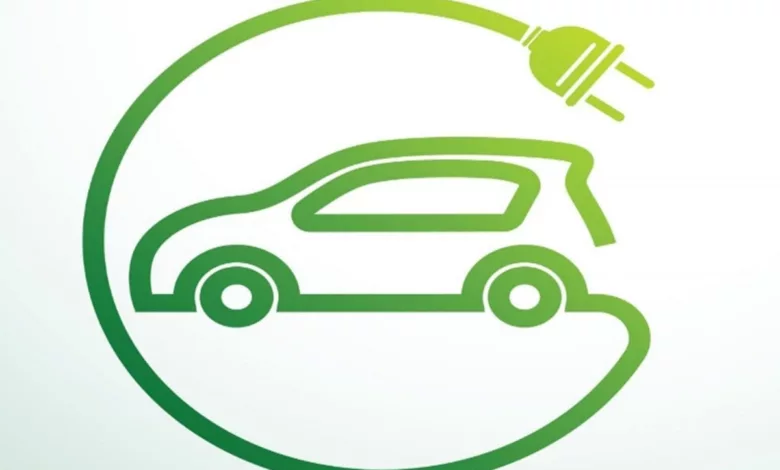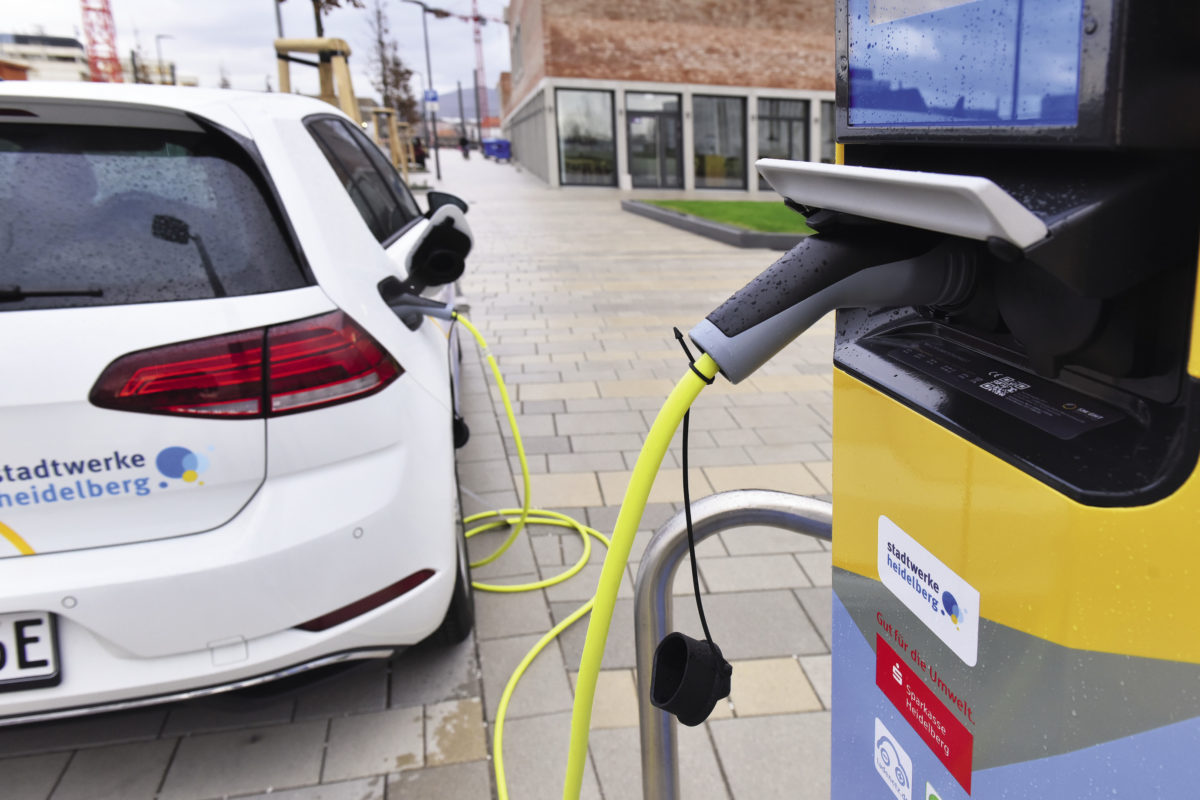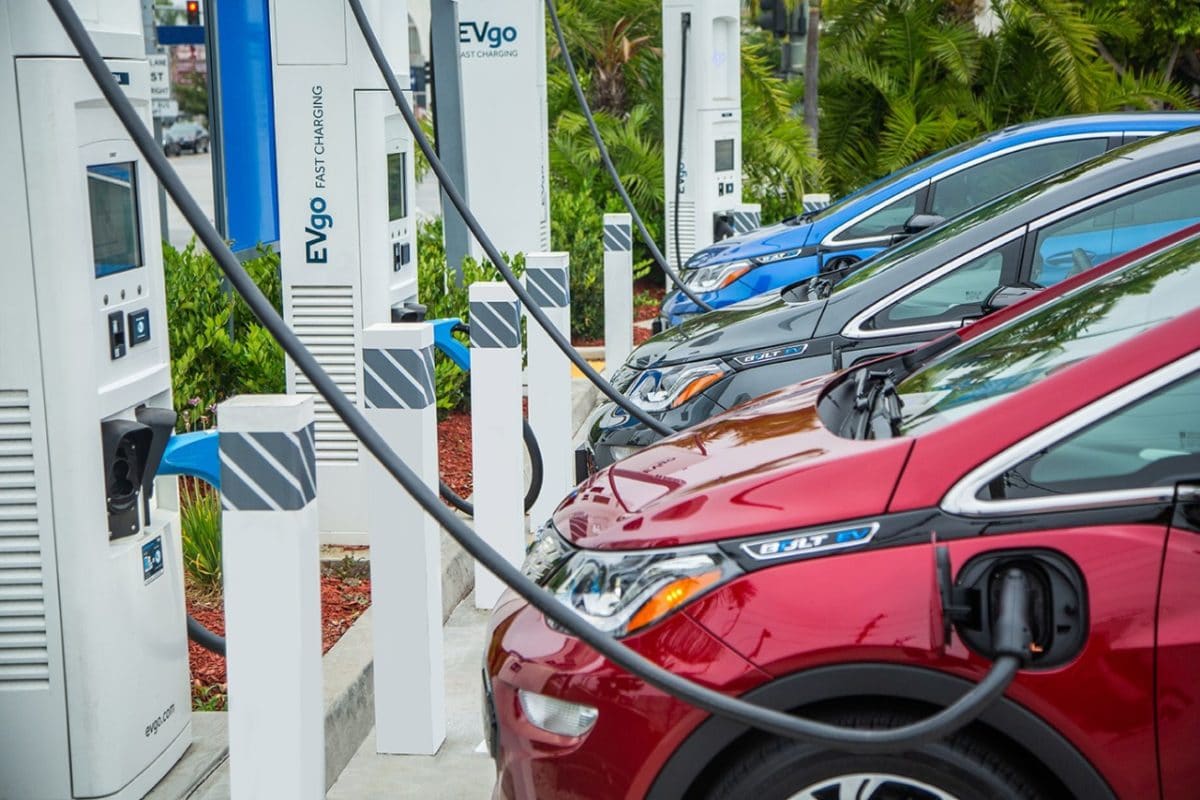Revving up the economy: India’s auto industry set to hit 15 lakh crore under Gadkari’s leadership
How Nitin Gadkari's leadership is propelling India's auto industry towards a 15 lakh crore milestone.

India’s auto industry has been an important part of the economy for a long time. India’s middle class is becoming wealthier and more able to spend. This, coupled with the increased demand for automobiles and the advent of innovative technologies such as electric vehicles, has contributed to the exponential growth of the sector in recent years.
The Union Minister of Road Transport and Highways, Nitin Gadkari, believes that the market will be worth $15 billion by 2020. This article will discuss the factors that contributed to the rise of India’s automotive sector, as well as Nitin Gadkari’s contribution, the current state of the industry, and its future prospects.

The role of Nitin Gadkari in the industry’s growth
Nitin Gadkari has significantly contributed to India’s automobile industry’s rapid expansion. The National Automotive Testing and R&D Infrastructure Initiative (NATRIP) is one of the programmes and projects he has established to aid the industry. It aims to build a testing and certification infrastructure for autos in India that is on par with the best in the world.
The Faster Adoption and Manufacturing of (Hybrid and) Electric Vehicles (FAME) programme, which provides incentives for the use of electric vehicles, is one of the projects he has worked on to assist the nation in developing.
The expansion of the business has also benefited from Gadkari’s advocacy for alternative fuels. He has advocated for the production of biofuels such as ethanol, biodiesel, and compressed natural gas (CNG) so that India can import less oil . As a result of the government’s 2020 announcement of a new strategy to stimulate the use of biofuels, it is anticipated that more individuals will wish to purchase cars that run on alternative fuels.
Gadkari has always been a strong supporter of public transportation like buses, subways, and trains. In India’s biggest cities, he has pushed for public transportation systems that are efficient and good for the environment. This is to cut down on traffic and pollution. His advocacy for the construction of metro systems in some of India’s most populous cities, including Mumbai, Delhi, and Bengaluru, has raised demand for buses and other types of public transportation. This has contributed to the expansion of India’s automobile industry.

The role of electric vehicles in the growth of the Indian automobile industry
As the world moves towards electric mobility, it is important to look at how EVs will affect India’s growing auto industry. Electric cars are becoming more popular in India because people are becoming more aware of the environment and the government is supporting them. This section gives an overview of the Indian electric car market, how the government is trying to get more people to use electric cars, and how the business could grow.
The Indian government has set ambitious targets for the number of electric vehicles on the roads. One of the government’s various programmes, the Faster Adoption and Manufacturing of Hybrid and Electric Vehicles (FAME) programme, provides financial assistance to individuals who use electric vehicles. As part of its effort to encourage more people to drive electric vehicles, the government will construct charging stations nationwide.
Despite the fact that the EV market in India is still new, it has expanded rapidly over the past few years. Even though the COVID-19 virus is making things more difficult, the Association of Electric Vehicle Manufacturers predicts that EV sales in India will increase by 20% by 2020. (SMEV). The electric vehicle industry in India is expanding because more people desire to use environmentally friendly modes of transportation, the price of electric vehicles is falling, and charging infrastructure and battery technology are improving.
Indian automakers participate in the electric vehicle sector because they recognise its lucrative potential. Tata Motors, Mahindra & Mahindra, and Hero Electric are among the businesses preparing for an influx of electric vehicles. Because electric cars are improving, the industry is experimenting with new methods of conducting business and making money.
Electric vehicles are gaining popularity in India since they are environmentally friendly and cost-effective. Electric vehicles reduce the total cost of ownership since they require less maintenance than conventional automobiles. Due to this, electric vehicles may be enticing to consumers, particularly those who use a vehicle for work.
As it grows, though, India’s electric car industry faces a number of obstacles. One of the main issues is the lack of infrastructure, such as charging stations, for electric vehicles. Electric automobiles are expensive, especially for people with lower incomes, which is a major reason for their low prevalence. If the Indian government and automakers want to accelerate the adoption of EVs in the country, they must resolve these issues and continue funding the development of the electric vehicle ecosystem.

The current state of the Indian automobile industry
In recent years, the Indian automobile sector has faced a variety of challenges. The COVID-19 pandemic has had a substantial impact on the industry, resulting in decreased sales and output. Yet, expenses for manufacturers have risen due to factors such as high tariffs and stringent emission regulations.
Notwithstanding these challenges, the industry has demonstrated its resilience and growth potential. The domestic market is robust since more individuals and corporations are purchasing automobiles and trucks. As e-commerce and the logistics business expand, more LCVs and MCVs are being purchased.
As a result of government incentives to buy them, the market for electric vehicles has grown a lot. Several new businesses have entered the market and are offering inexpensive, brand-new electric vehicles. The government has therefore implemented a variety of subsidies and incentives to boost the use of electric vehicles. This is anticipated to enhance domestic demand for electric automobiles.

The future of the Indian automobile industry
Several reasons have contributed to India’s rapid expansion in the auto industry. As India’s middle class expands, so does the home market and demand for electric vehicles. This is excellent news for the industry’s future growth. As the government attempts to improve public transportation, it is expected that demand for buses and other public transportation vehicles will increase.
It is anticipated that developments such as self-driving cars, internet-connected vehicles, and shared transportation systems will contribute to the expansion of the market. Large corporations and startups are investing in these industries because they have the potential to significantly alter the way people travel in India. Ola, an Indian ride-hailing startup, is constructing and plans to deploy its own fleet of electric scooters.
In addition to the domestic market, there is significant export potential. Several major automakers have set up shop in India since it is regarded as one of the greatest countries for manufacturing. To boost exports, the government has implemented the RoDTEP (Remission of Duties and Taxes on Exported Products) programme, which provides assistance to exporters. With these initiatives, India intends to enhance its export capacity and become a global auto manufacturing hub.
Yet, the industry confronts a number of obstacles that may inhibit its future expansion. Foreign rivalry, particularly with China, which exports many automobiles, is a major issue. Air pollution and global warming are two environmental issues that the automotive sector must address. Both of these issues could reduce automobile demand in the future. To remain competitive and continue expanding, the industry must address these issues and adapt to the market.
Conclusion
To sum up, the growing spending power of India’s middle class, the robust demand for autos, and the maturity of developing markets for products such as electric vehicles have all led to the growth of India’s auto sector to the point where it has surpassed $15 lakh crore.
Nitin Gadkari had an essential role in the growth of the company because he was the one who initiated the numerous policies and programmes that paved the way for the company’s expansion.
The future of the industry looks promising despite the fact that there are a number of obstacles, including legal requirements and environmental concerns, that must be overcome. In order for the industry to maintain its competitive edge and continue to grow in the years to come, it will need to continue to come up with innovative concepts and adapt.







